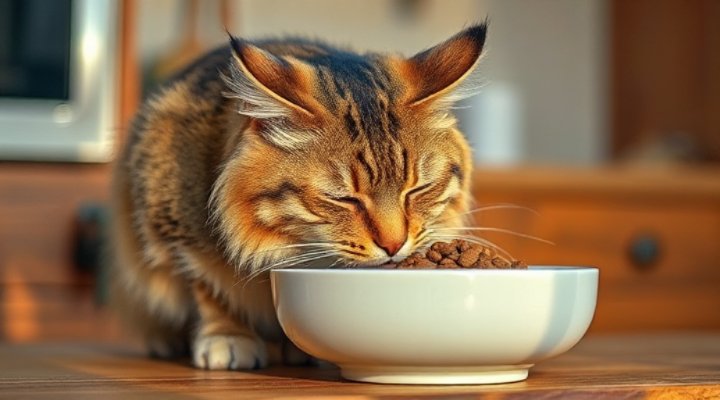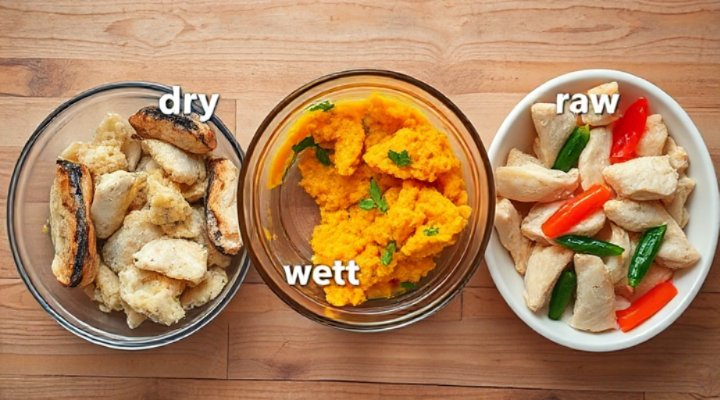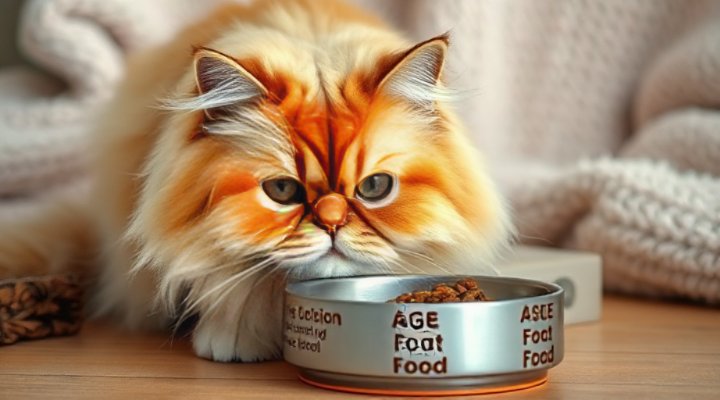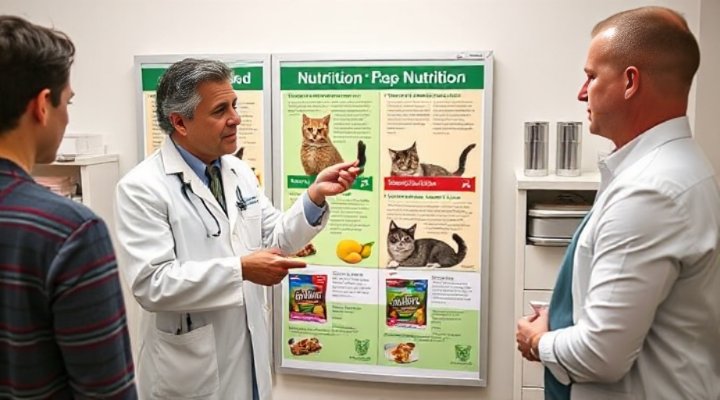Choosing the best cat food for your feline companion is one of the most important decisions you’ll make as a pet owner. After all, proper nutrition affects everything from your cat’s energy levels to their coat quality and overall longevity. But with so many options available – dry food, wet food, raw diets, and specialty formulas – how do you know which is truly the healthiest choice?

Understanding Your Cat’s Nutritional Needs
First and foremost, cats are obligate carnivores, meaning they require a diet rich in animal protein. Unlike dogs or humans, cats have specific nutritional requirements that must be met through their food. According to the Association of American Feed Control Officials (AAFCO), complete and balanced cat food should contain:
- High-quality animal protein as the first ingredient
- Essential amino acids like taurine
- A balance of fats and fatty acids
- Limited carbohydrates
- Vitamins and minerals
For more information on feline nutrition basics, check out our guide on how to ensure your cat gets the best nutrition.

Types of Cat Food: Pros and Cons
Dry Cat Food (Kibble)
Dry food is convenient and often more affordable than other options. However, not all kibble is created equal. Look for brands that use high-quality protein sources and avoid excessive fillers like corn and wheat. Some cats may not drink enough water when eating dry food exclusively, which could lead to urinary tract issues.
Wet Cat Food
Canned or pouched wet food typically contains more moisture and protein than dry food. The higher water content can be beneficial for cats’ urinary health. Our review of Fancy Feast cat food explores one popular wet food option in detail.

Reading Cat Food Labels Like a Pro
Understanding how to read pet food labels is crucial for selecting the best cat food. Here’s what to look for:
- Named protein source: ‘Chicken’ is better than ‘poultry’ or ‘meat’
- AAFCO statement: Ensures the food meets nutritional standards
- Guaranteed analysis: Shows minimum percentages of protein and fat
- Ingredient list: Ingredients are listed by weight before processing
Remember, marketing terms like ‘premium’ or ‘natural’ aren’t regulated, so always check the actual ingredients.

Special Dietary Considerations
Some cats have unique nutritional needs:
- Kittens: Require more calories and specific nutrients for growth
- Senior cats: May need easier-to-digest proteins and joint support
- Indoor cats: Often benefit from weight management formulas
- Cats with health issues: May require prescription diets
If you’re considering a specialized diet, consult with your veterinarian first. The American Veterinary Medical Association offers excellent resources on feline health and nutrition.

Transitioning to New Food
When switching to a new best cat food, do it gradually over 7-10 days to avoid digestive upset. Start by mixing a small amount of the new food with the old, gradually increasing the proportion. Monitor your cat’s appetite, energy levels, and litter box habits during the transition.
Related Keywords
healthy cat food, cat nutrition guide, best dry cat food, premium cat food, grain-free cat food, high-protein cat food, senior cat food, kitten food
